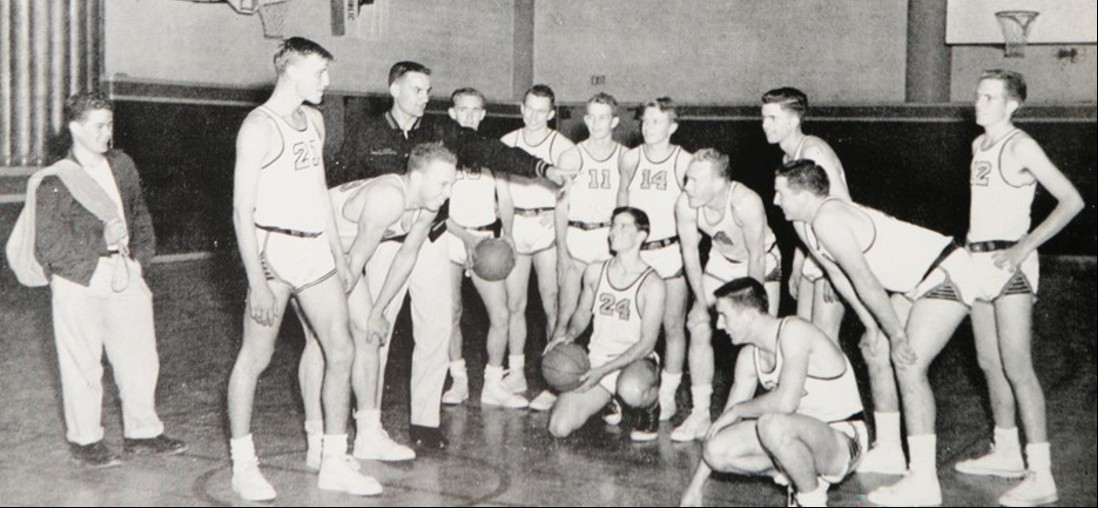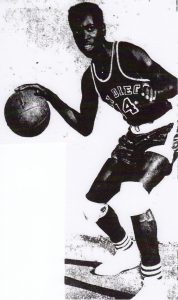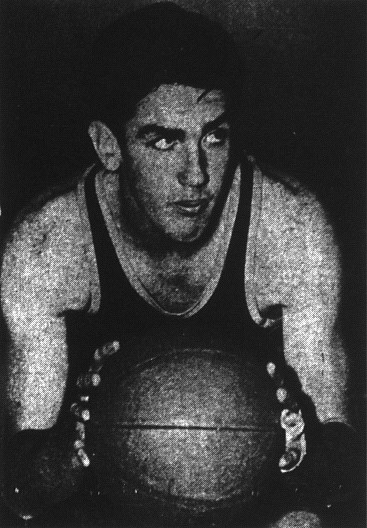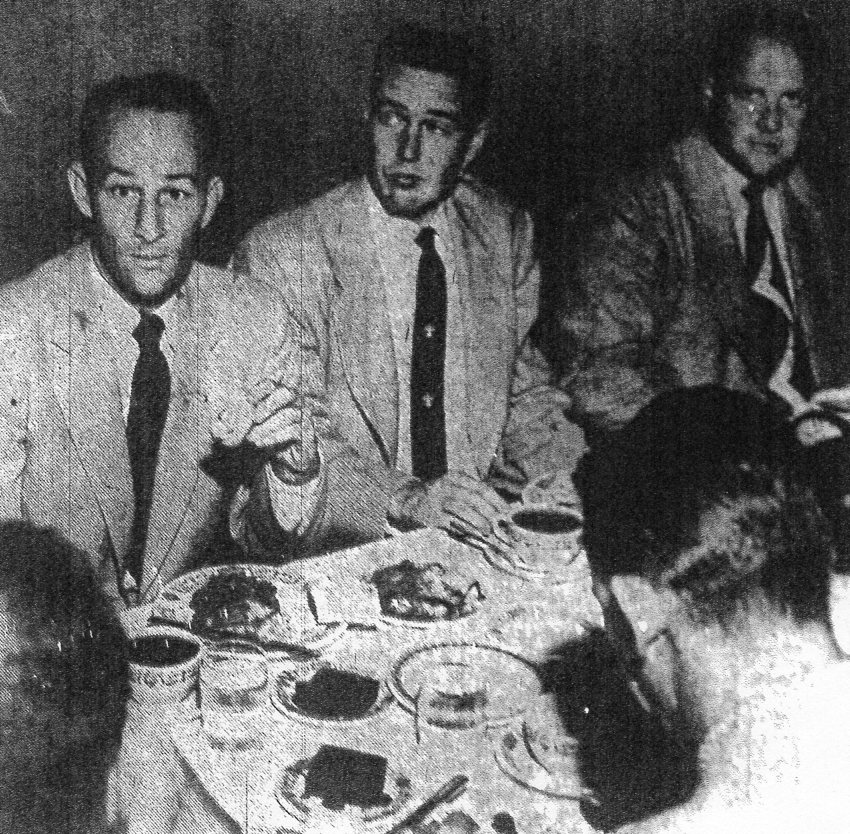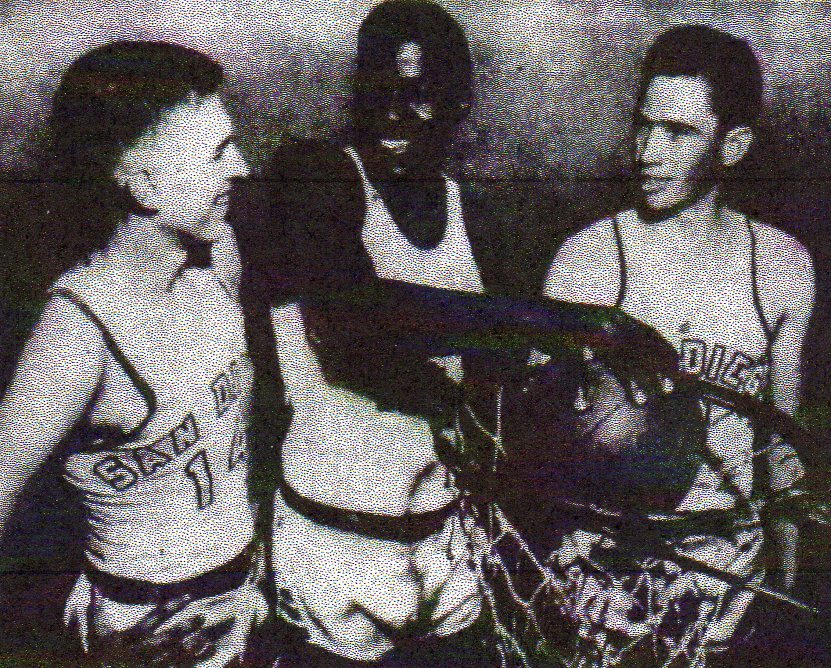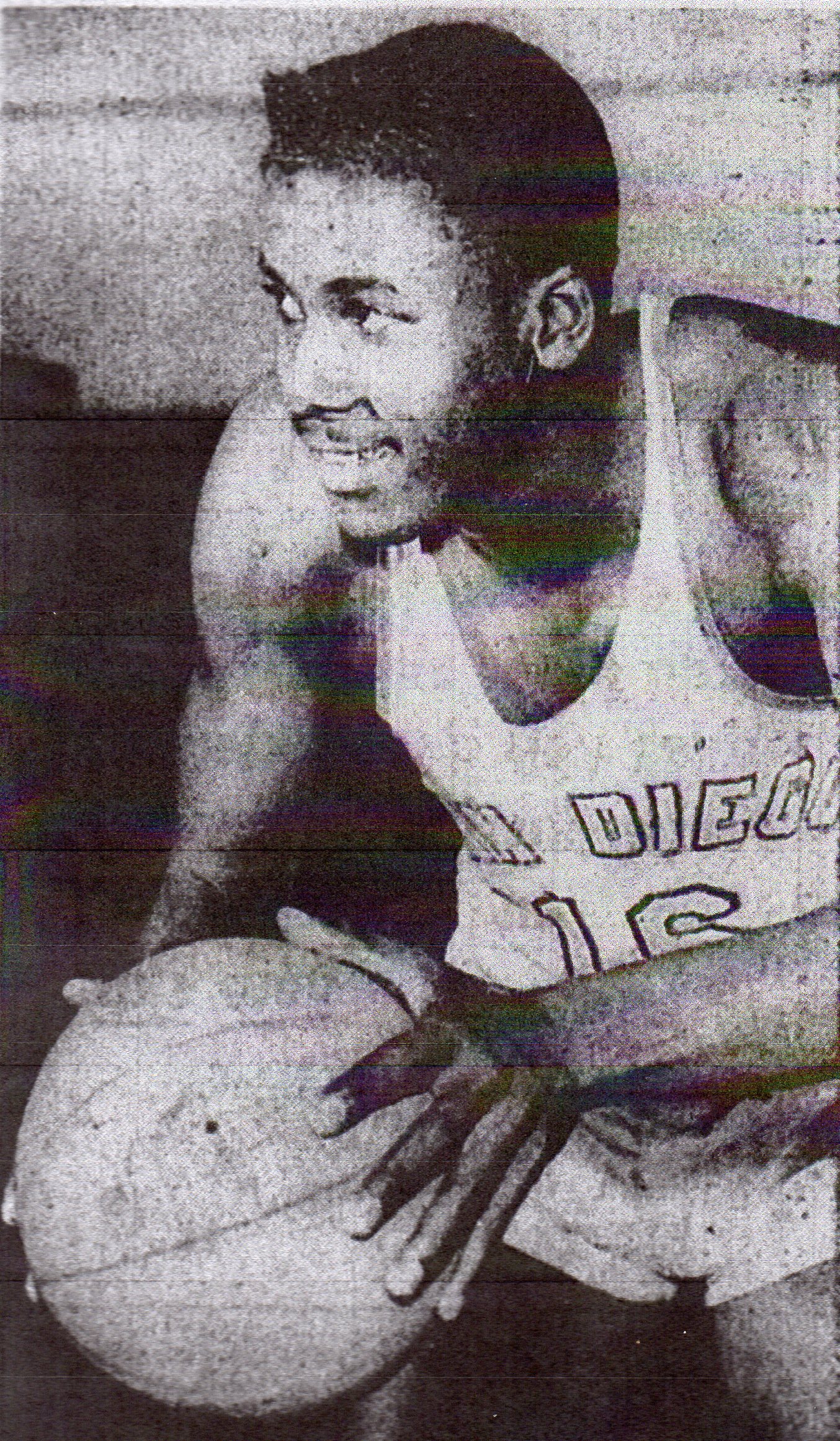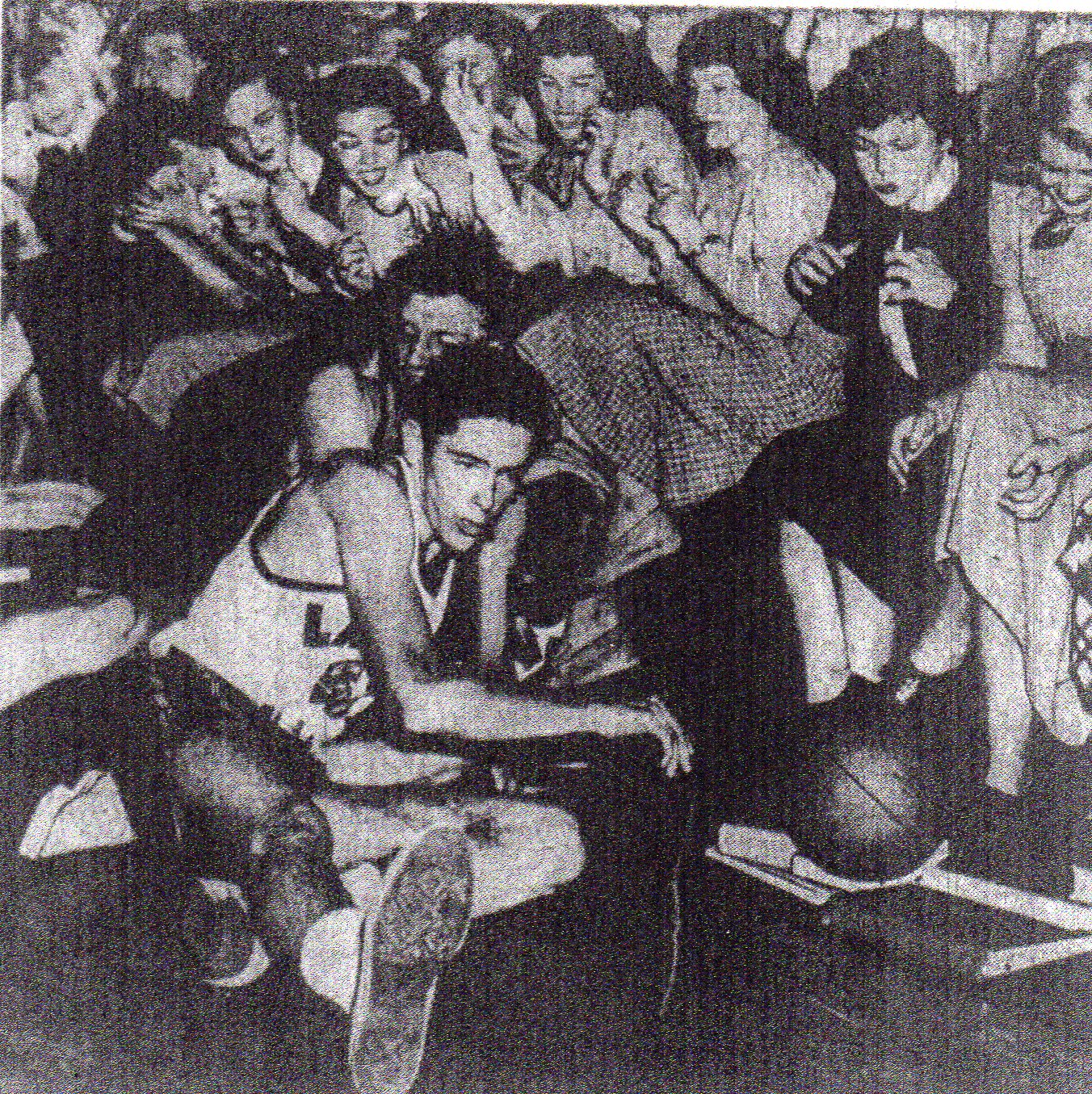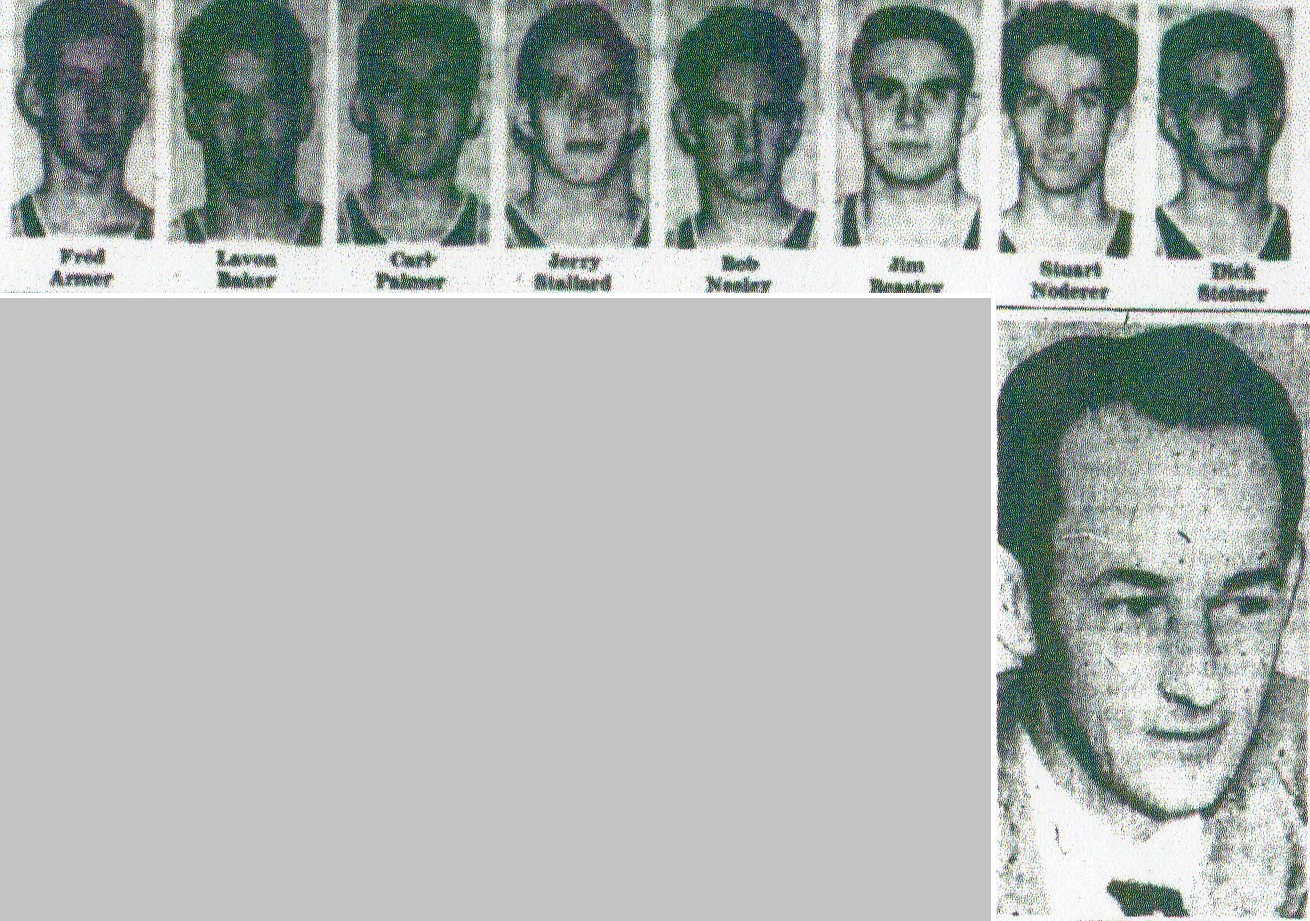2017: 99th State Track and Field Finals
A decidedly thin year in San Diego Section track and field ended on a promising note in the 99th state meet at Clovis over the weekend.
Sophomore Karson Lippert, who came into the season with a best of: 49.77 as a freshman in the 400, crashed the big stage and will be billed as one of the state’s premier runners entering 2018.
Lippert caught fire into the second turn Saturday night at Clovis, ran down a couple rivals and his strong finish earned Lippert second place behind Zach Shinnick of Pomona Damien.
Startling was Lippert’s :46.91 clocking, second fastest in County history.
Junior Jalyn Jackson of Eastlake quietly posted a solid double, fourth in the long jump at 23 feet, 4 inches, and second in the triple jump at 48-5 1/4.
Junior McKenna Brown of La Costa Canyon was fifth in the 1600 meters and did not approach her Friday career best of 4:51.72, but Brown showed that she is a tough, savvy runner.
SPIKE MARKS
It was a sweltering 100 degrees with winds gusting to 20 miles an hour when the gun for the first race was heard at 6 p.m…Veterans Stadium at Buchanan High was close to full, with hundreds more spectators lined in the end zones, bringing the crowd total to almost 10,000…the Clovis school will be host again for the next three years…Vista’s Alia Scott (300 hurdles), LCC’s Jessica Riedman and Kristin Fahy (distances), San Dieguito’s Kevin Ward (pole vault), and El Camino’s Nu’u Tuilefano (weights) all have another year….
Allowable wind, 2.04 meters per second.
BOYS
100—Guidry, Vista Murrieta, 10.13w. Wind, 3.8 m.p.s.
200—Cunningham, Moreno Valley Rancho Verde, 21.07w. 3. Ellis, Mt. Carmel, 21.25w. Wind, 2.7 m.p.s.
400—Shinnick, Pomona Damien, 46.12. 2. Lippert, LCC, 46.91, San Diego Section No. 2 all-time to 46.85, Lydell Burston, Morse, 1996.
800— Charvet, Heritage, 1:51.07
1600—Grijalva, Fairfield Armijo, 4:08.62. 10. Chinn, Poway, 4:19.42.
3200–Bolger , San Luis Obispo, 8:53.91. 13. Prince, Sage Creek, 9:18.90. 15. Suzara, Otay Ranch, 9:22.85. 27. Paul, Mt. Carmel, 10:14.66.
110HH—Anderson, Upland, 13.33, fastest in U.S. this year, betters state record 13.39, Craddock Union City Logan, 2004.
300IH—Anderson, Upland, 36.02.
4×100 RELAY—Westlake Village Oaks Christian, 40.95.
4×400 RELAY—Moreno Valley Rancho Verde, 3:14.46.
HJ—Lee, Trabuco Hills, 6-11. 9T. Marquez, El Centro Central, 6-3.
LJ—Kettels, Berkeley St. Mary’s, 24-3 ¾. 2. DeRoos (Tri City), 24-2w. 4. Jackson, Eastlake, 23-4.
SP—Wilson, Clovis, 66-2 3/4. 11. Harris, San Diego, 53-2 1/4.
TJ—Stevenson, Temecula Great Oak, 49-7 ¾. 2. Jackson, Eastlake, 48-5 ¼. (Section No. 15 all-time).
PV—Curran, Redondo Beach Redondo, 16-10. 9. Ward, San Dieguito, 14-10. 11T. Winters, RB, no height..
DISCUS—Joyner, Pittsburg, 203-8.
GIRLS
100—Augustine, L.B. Poly, 11.58.
200—Augustine, L.B. Poly, 23.41w.
400—Anderson, Norco, 52.91.
800—Brewer, San Ramon California, 2:07.07. 5. Sa. Roberson, La Jolla, 2:09.38 (Section No. 8 all-time). 9. McCarthy, Carlsbad, 2:12.43.
1600—Denner, El Dorado Oak Ridge, 4:44.89. 5. Brown, LCC, 4:54.39. 11. Riedman, LCC, 4:56.66.
3200—Lane, Malibu, 10:07.33. 10. Fahy, LCC, 10:33.27. 18. Loren, Canyon Crest, 11:01.15. 23. Barrett, W’view, 11:17.68 .
100H—Davis, Agoura, 12.83w, fastest ever by high school girl. Wind 3.7 m.p.s. 9. Smith, Miss. Hills, 14.60.
300H—Anderson, Norco, 40.31. 9. Scott, Vista, 45.28
4×100 RELAY—Gardena Serra, 46.04.
4×1600 RELAY—Oakland Bish. O’Dowd, 3:46.33.
HJ—Burke, Riverside Poly, 5-8.
LJ—Davis, Agoura, 22-1 /14w. Wind 3.2 m.p.s.
SP—Amaechi, S.F. Lincoln, 47-5 ¼. 8. Tuilefano, E Cam., 41-11 ¼.
PV—Baxter, Anaheim Cyn., 14-0. 10. Myers, Poway, 12-0.
TJ—Davis, Agoura, 42-11 ¾.
DISCUS—Anumba, Rancho Cucamonga Los Osos, 177-8.
